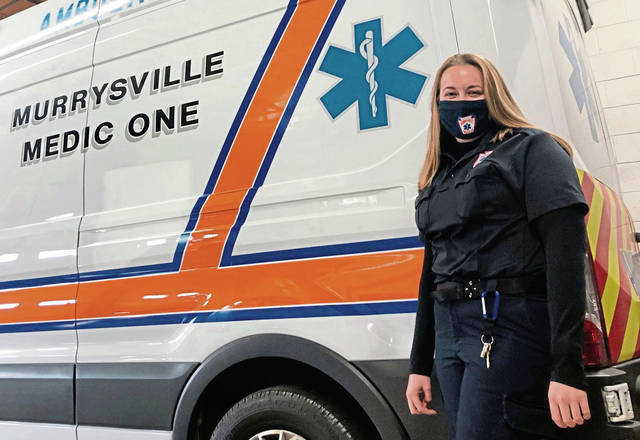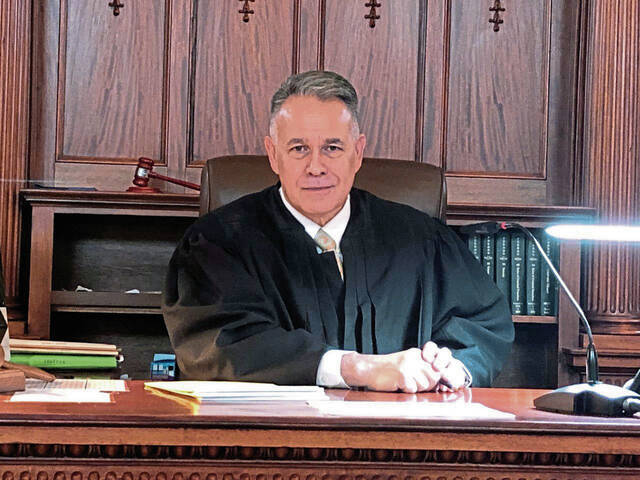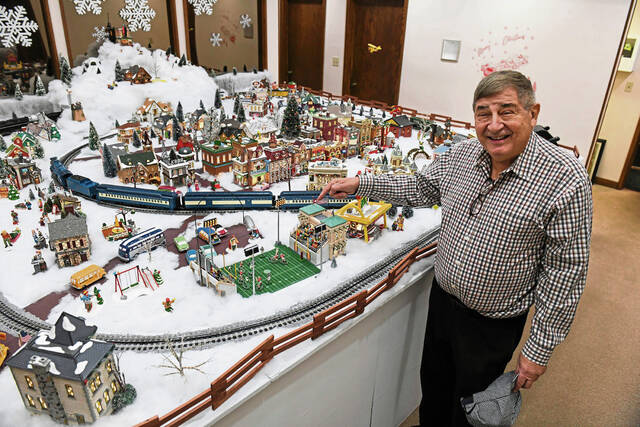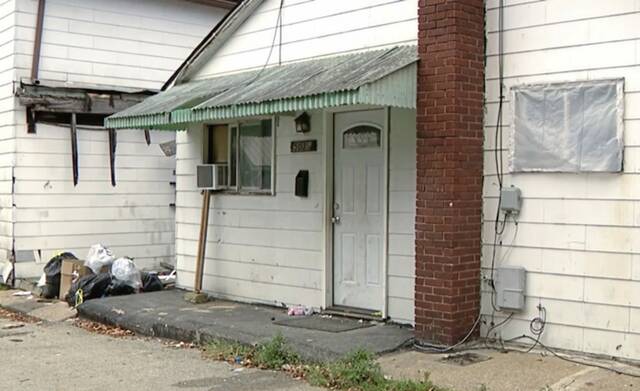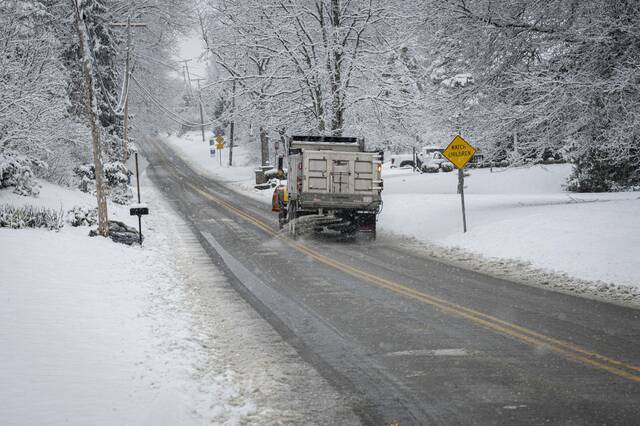Editor’s note: This is an occasional series examining how the coronavirus pandemic has affected the lives of members of our community.
Over the past year, there have been days when Serena Seltzer’s ambulance was transporting nothing but covid-19 patients. Some days, there are none.
“I always wear the proper protective gear, regardless,” said Seltzer, 21, who’s spent the past six months as a paramedic with Murrysville Medic One.
Paramedics go into an emergency situation with the goal of being prepared for anything they might encounter.
Beginning a little less than a year ago, however, there was an additional variable floating through the air, as the pandemic swept across the globe.
When Seltzer, a University of Pittsburgh student majoring in emergency medicine, responded to a call a year ago, the checklist before heading out was fairly simple.
“You’d do your general body substance isolation — gloves and a mask,” said Seltzer.
Today, when Seltzer heads out on a call, she’s got a full checklist of personal protective equipment, or PPE, and not just for herself.
“N95, face mask, eye protection, masks and gowns for your patients,” she said.
Despite several truckloads worth of donated PPE last April, Seltzer said making sure all the staff had what they needed was a challenge.
“You might only have two masks to start with, and they’d be sanitized as needed. But that got better,” she said.
When she returns from a call, Seltzer has a full decontamination checklist for herself and her ambulance, which can add an extra half-hour to the end of an emergency call.
Medic One Director Darrick Gerano said everything changed for his staff once covid cases began rising.
“I can’t say it was any one big thing,” he said. “It was the entire challenge: constantly adjusting policies, trying to keep up with the lack of guidance and information coming down from the state departments — learning to do your job in a completely new way.”
The things Gerano took for granted — jumping in an ambulance and treating a patient with medications, IV therapy or advanced airway techniques — had to be accomplished in a medical gown, a mask and possibly foggy goggle lenses.
“During the summer, the masks made things a lot more difficult,” Seltzer said. “And you have to make sure to protect yourself first. PPE isn’t one-size-fits-all, either, so it can be a struggle making sure to have all the right sizes of everything.”
The second wave of the pandemic, which started cases spiking in Westmoreland County, meant even well-equipped emergency workers found themselves being exposed.
“At the peak, we were transporting 12 (covid)-positive patients per day and probably another four or five who were highly suspected,” Gerano said. “We did have a few personnel test positive, but very minimal considering the exposure they had.”
Gerano said he’s worked hard to keep staff’s spirits up, “to convince them that after caring for these patients all day, it’s safe to go home to your spouse and children. You see EMTs and paramedics leave at the end of their shift exhausted both mentally and physically, and then show up the next day with a smile and high spirits.”
Seltzer said while those in her field have had a tougher adjustment than most, “we’ve all adapted because we know the importance of it.”
Gerano said that’s the thing about emergency workers.
“No matter what you throw at them, they will adapt and overcome with ease,” he said.


